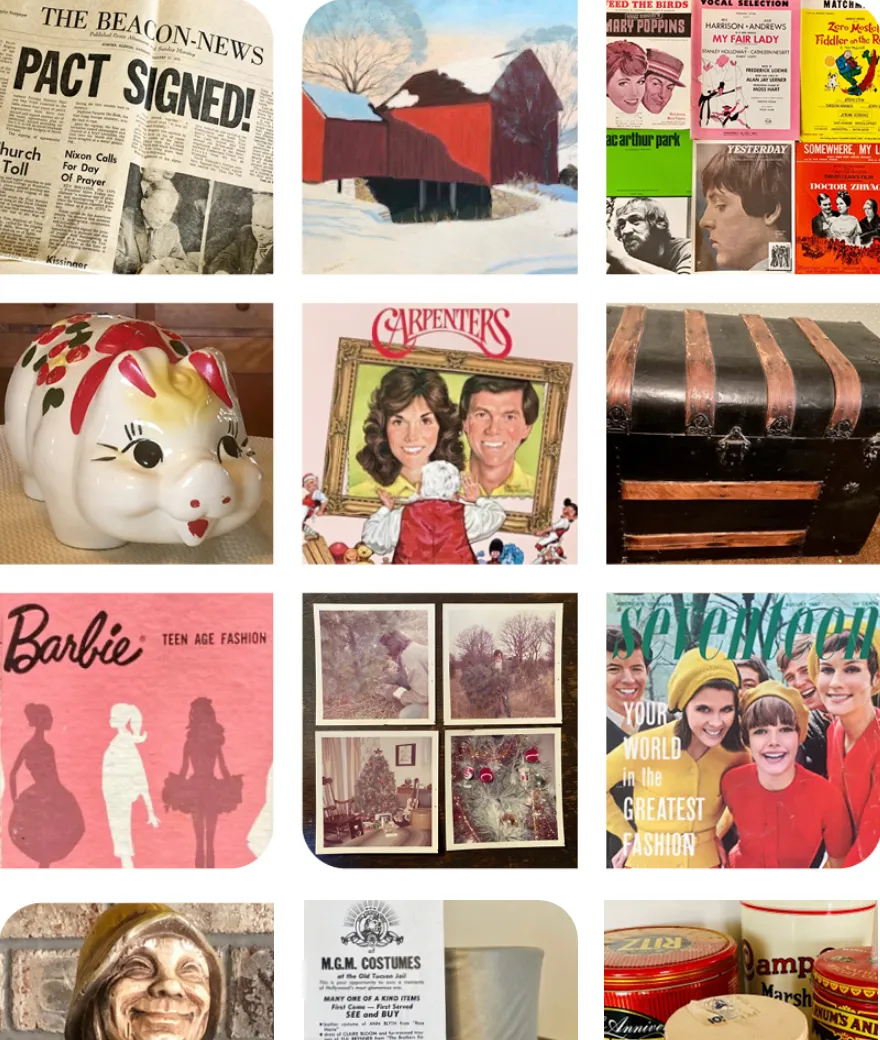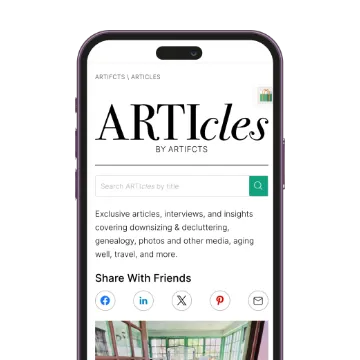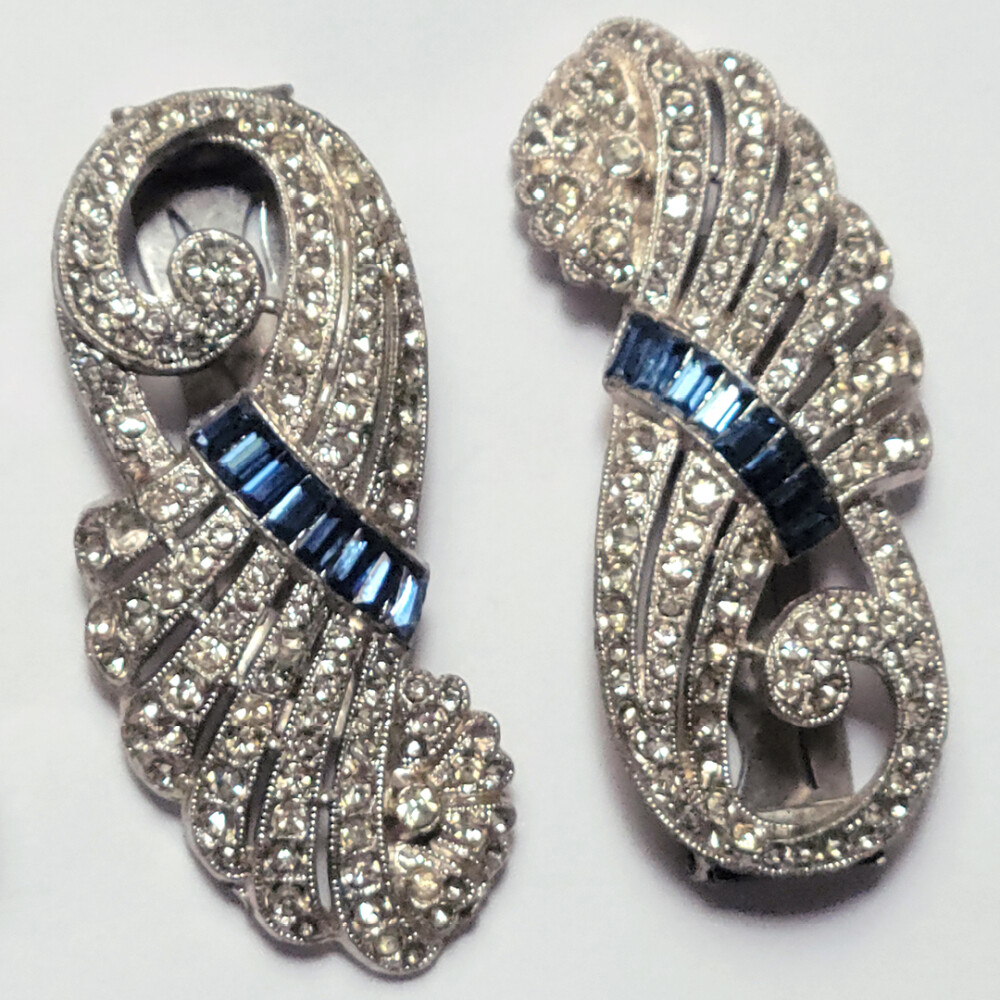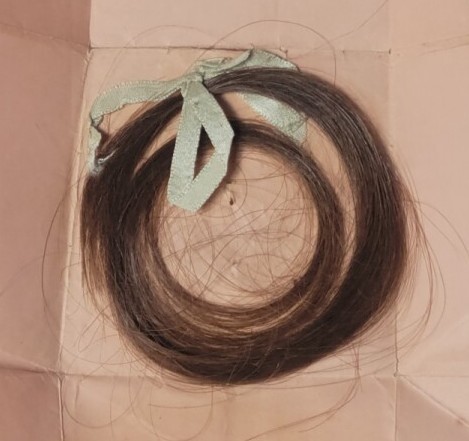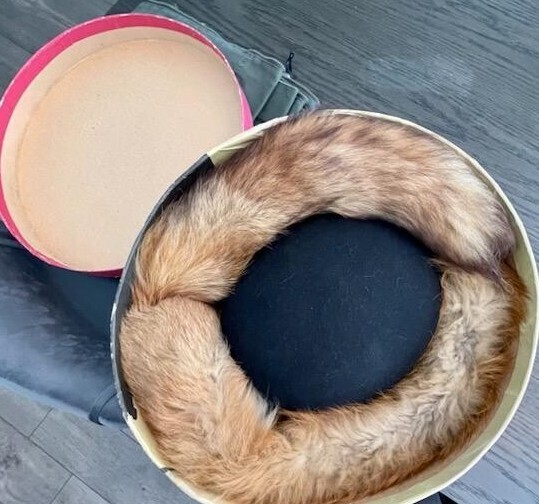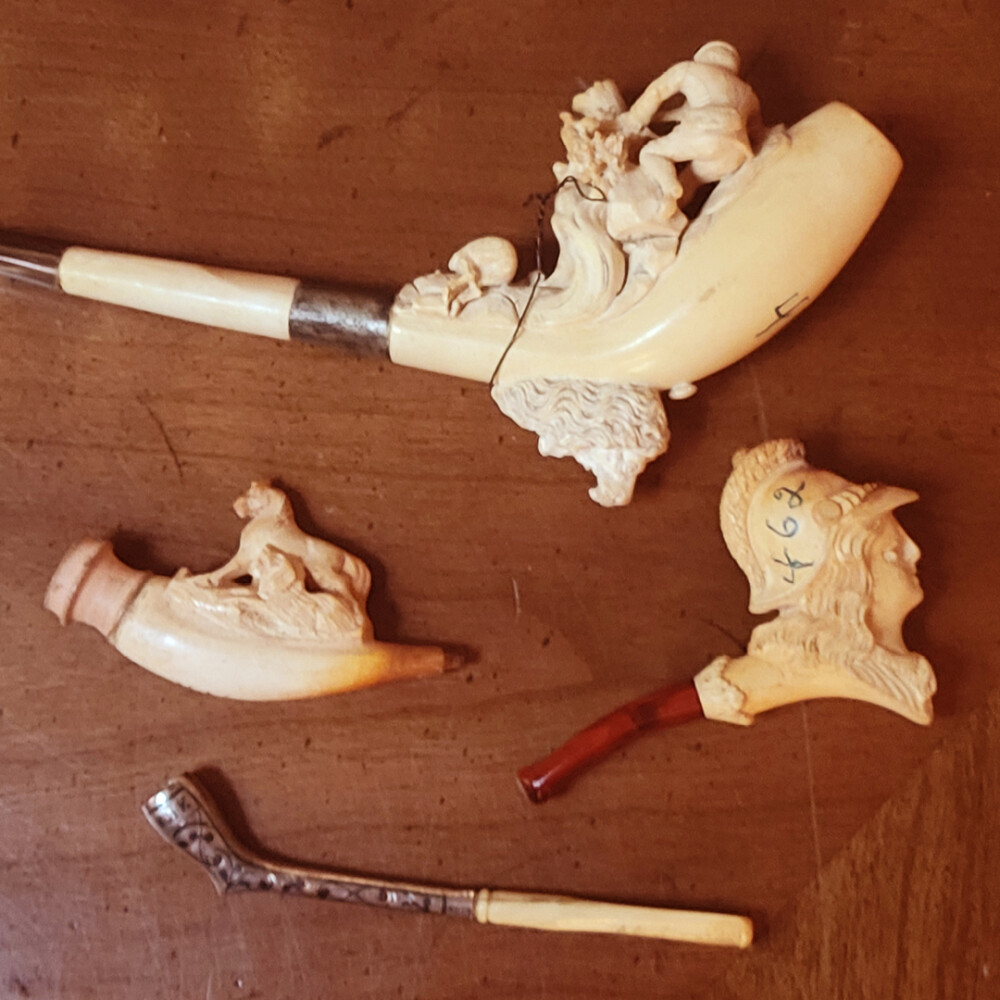Reading time: 3 minutes
It does not matter if you have one piece or dozens of art or other collectibles you would like to pass on via a charitable donation. The same processes and rules of the road generally apply. While Artifcts does not offer tax or estate planning services, we certainly know a thing or two about ‘stuff’ and the questions and concerns top of mind for many people about their own collections and valuables and those they inherit.
Today we’re talking about all the art, historical documents, family heirlooms, and other collectibles you may want to donate. Whether you’re planning on a donation soon or it is years off and a part of your will or estate planning process, these insights offered to you direct from consultation with seasoned estate planners and organizations on the receiving end of donations will help make sure you don’t miss anything in the art of the possible (and the reasonable) in donating your ‘stuff.’
Think beyond museums!
Libraries, universities, halls of fame, historical foundations, and hospitals may be even better fits than the museum you had in mind, depending on your personal affinities and passions.
While preparing this story for ARTIcles by Artifcts, we chatted with Michael Darling, co-founder of the Museum Exchange, “The first digital platform for art donations, which enables collectors to donate works of art to institutions in North America.” If you are struggling to find the right institution for your donation, you may want to contact the Museum Exchange. We are intrigued by this new enterprise.
Have a conversation with the (desired) receiving institution.
Find out if the institution is accepting donations, whether your item fits within its current or planned collections, and how often the institution will be able to display the item. You might learn of other conditions of donation, too, such as accompanying one-time or ongoing donations to cover preservation, installation, storage, and other costs.
Be prepared. Details matter.
Do you have proof of ownership? Where’s the qualified appraisal? What’s the provenance of the item? Where is the item presently located? (Ahem, all information easy to attach to your Artifcts!)
Inform yourself.
A little self-study never hurts and will help ensure your broader interests and intentions are met. Read up on and consider:
- What is your timeline? Do you want to donate now, during your lifetime, or via your will and or estate plan posthumorously?
- How will you donate, e.g., directly to the institution versus a vehicle such as a donor advised fund or a charitable trust or foundation?
- Ideally, do you have any gift conditions in mind? The fewer the better for a smooth process. And does your perspective on any of these conditions change if you consider your aims for the donation during your lifetime versus your direct heirs’ lifetimes versus 100+ years from now?
- Would you change your mind if the institution you donate to wants to receive and then sell the piece to use the funds to support its work?
- If you want to receive a charitable tax deduction for the gift and/or if you plan to donate the gift in your Will or through a charitable vehicle, you should contact your tax and financial advisors early to make sure your wishes (and any tax or other benefits) will be met.
Be patient.
It’s a process from donation agreement to actual appearance on display, unless terms dictate otherwise, of course! The institution will have its own registration process once they receive the item(s), in addition to potentially undertaking preservation, restoration, and cleaning, before finally adding the item(s) to its collection.
Special Consideration: Are you the creator of the item you plan to donate?
Do you want to donate the piece only or the piece and the copyright? And, again, don’t forget the tax consequences, which change when you're the creator.
With all this in mind, we wish you Happy Artifcting. May your Artifcts make even charitable donations that much simpler!
###
© 2023 Artifcts, Inc. All Rights Reserved.
